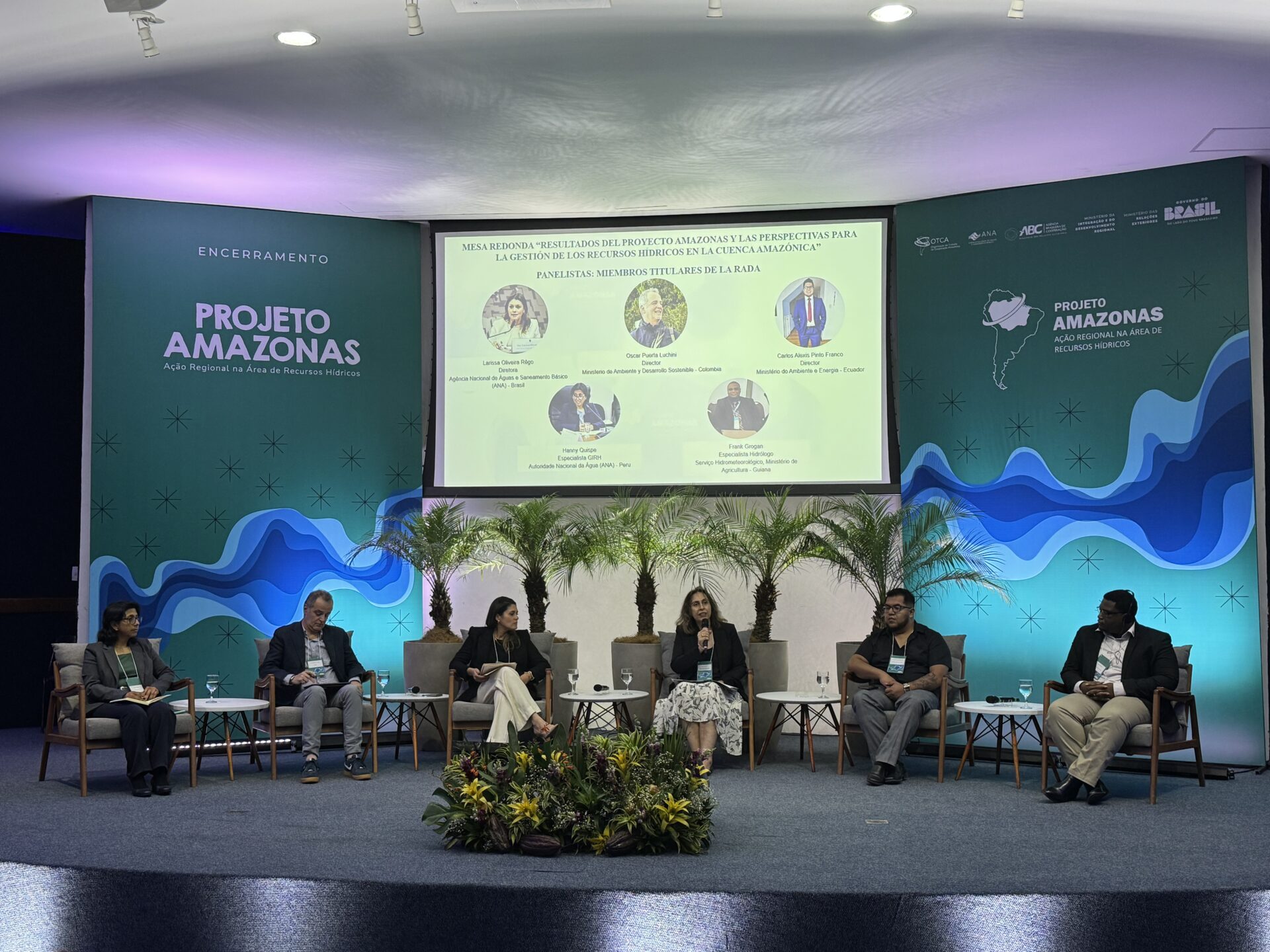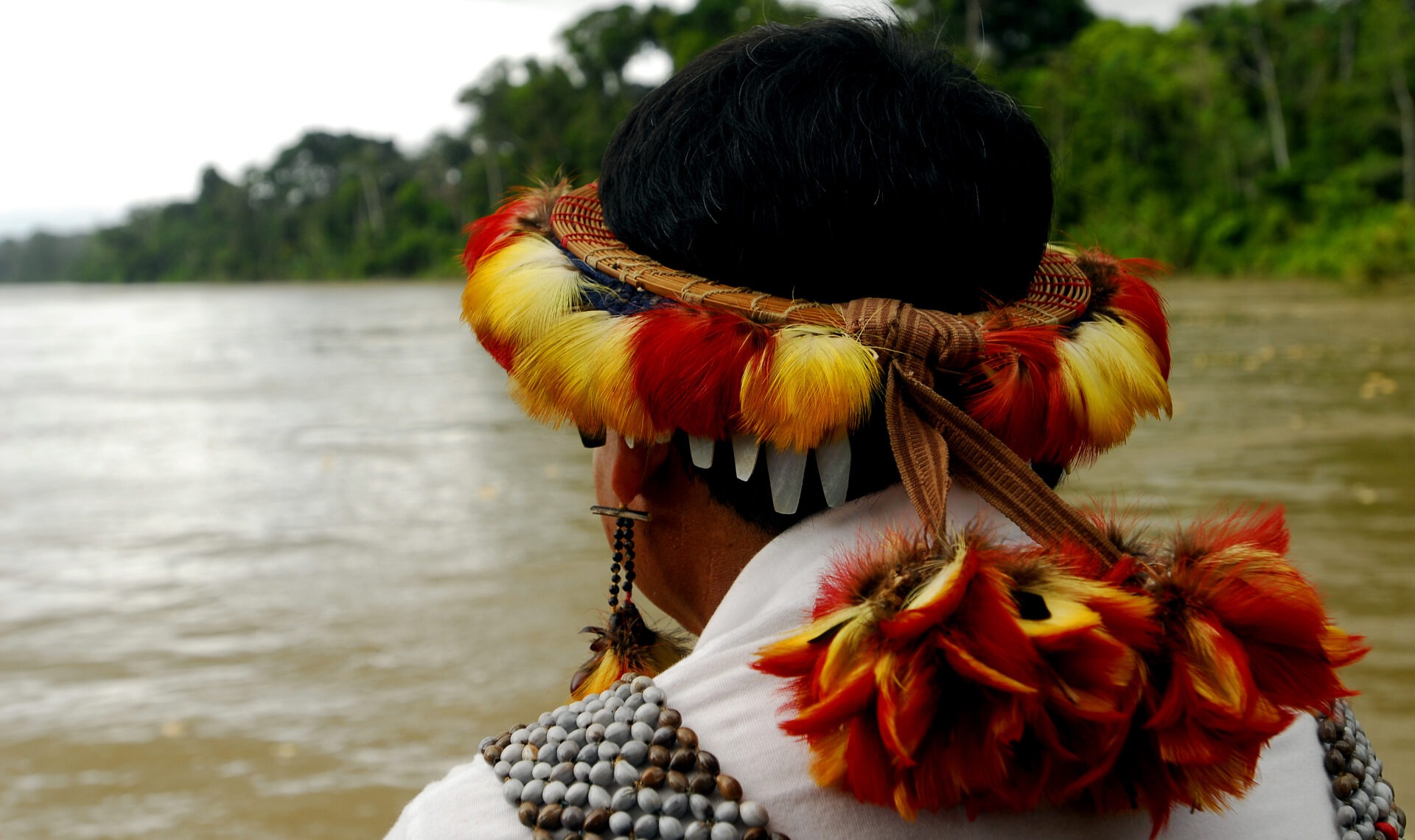To the north of the capital Paramaribo, a portion of the 100,000 hectares of mangroves covering Suriname’s coast suffers constant flooding caused by accelerated erosion, negatively affecting the provision of environmental, economic, and social goods and services provided by these coastal ecosystems. In this coastal area, the Surinamese government and the Amazon Cooperation Treaty Organization (ACTO) initiated a project in October that will utilize a financing mechanism through collective incentives to restore, protect, and conserve mangroves, involving a group of women from local communities whose livelihoods are predominantly linked to these coastal ecosystems.
The degradation of mangroves in Suriname extends to other coastal stretches and has multifactorial causes ranging from sea level rise to the expansion of coastal cities, where 90% of the country’s population lives. Mangroves are fundamental not only for communities that depend on them for their livelihoods but for the well-being and development of the entire Surinamese population, as they contribute to coastal zone protection against natural disasters, mitigation and adaptation to climate change since mangroves capture more carbon per hectare than any other forest type, and to the boost of important sectors of the economy, such as agriculture and tourism.
Ensuring the maintenance and sustainability of mangrove ecosystem services north of the Surinamese capital is the objective of the intervention coordinated by the Ministry of Spatial Planning and Environment and carried out within the framework of the Amazon Basin Project – Implementation of the Strategic Action Program (SAP), executed by ACTO, in partnership with UNEP/GEF. To achieve this, the project will combine the recovery of degraded areas with income generation, directly benefiting 2,500 people. Its implementation is carried out in synergy with the intervention that aims to increase the resilience of the country’s coastal ecosystems and communities through the construction of natural infrastructure to rehabilitate degraded mangroves.
Blue forests for a blue economy
The mangrove restoration process involving women from coastal communities will be based on the “Blue Forest for a Blue Economy” approach, to be applied by Suriname’s Green Economy Institute, the project’s operational partner. This approach was developed with GEF support in Gazi Bay, Kenya, and successfully applied in Ecuador to ensure the long-term conservation of mangroves, while also contributing to increased human well-being and development.
Mangroves, called blue forests for being marine ecosystems, are important economic drivers, provided they are managed sustainably. Protecting them means investing in a “blue” economy, adopting nature-based solutions to restore natural capital and create social, environmental, and economic resilience.
Technical visit to the project area
In October, Sieuwnath Naipal, Professor of Hydrology and Water and Climate Change at Anton de Kom University, presented the selected project implementation area to the technical team of ACTO/Amazon Basin Project, composed on this occasion by Fernando Cisneiros, Water Resources Specialist, Luiz Amore, Institutional Specialist, and Sara Gomez, Gender Consultant.

Professor Naipal explained that in the area in question, fertile sediments transported from the Amazon River basin can no longer be retained, which are responsible for feeding the mangroves covering the Surinamese coast. Sediment displacement caused by oceanic waters in the last decade is, in this coastal stretch, 40 to 50 meters southward, according to a study conducted by Anton de Kom University.
For this reason, the strategy developed for the rehabilitation of this mangrove area requires the complementarity of two interventions, both carried out under the Amazon Basin Project: the first dedicated to the construction of sediment retention units and the second focused on designing a financing mechanism based on incentives to restore and conserve Suriname’s mangrove forests and manage their interaction with marshes/banks.

The construction of sediment retention units is a nature-based solution and therefore, responds to the principles of the blue economy, just like the financial incentives mechanism targeted at women from local communities, through which they will receive income for seedlings grown in their backyard gardens.
As a result of the two interventions, it is expected that the construction of natural infrastructure will promote sedimentation, an essential process for the subsequent stage of mud bank creation, where mangrove species will be planted, thus completing the rehabilitation cycle.
Related news
Post
17 de December de 2025
On December 11, the Amazon Basin Project (ACTA/UNEP/GEF) held a Seminar on the Exchange of Cooperation Experiences for the Management [...]
Post
16 de December de 2025
The roundtable discussion “Results of the Amazon Project and Prospects for Water Resource Management in the Amazon Basin” was held [...]
Post
24 de November de 2025
On October 23 and 24, 2025, the Third Meeting of the Ad Hoc Amazon Water Culture Group (GCA) was held [...]




